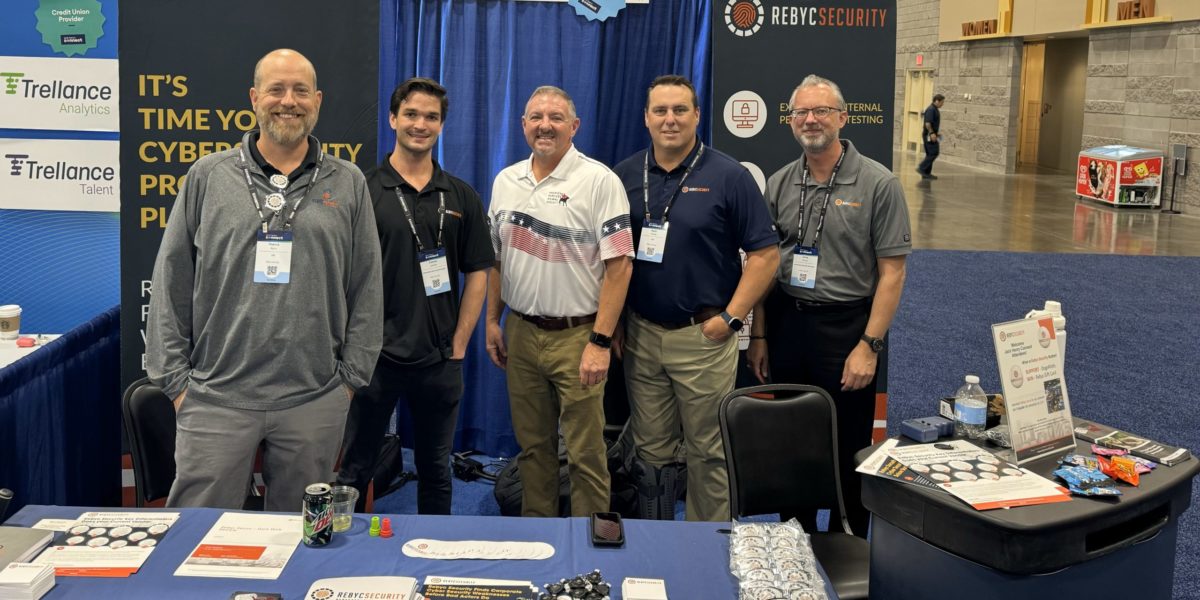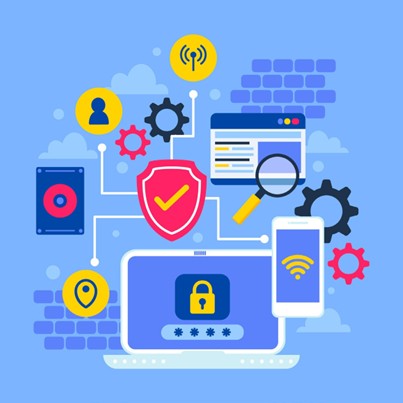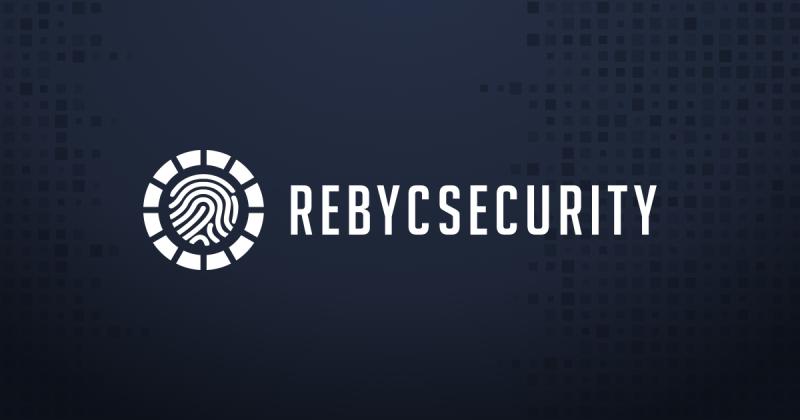Originally written as a guest post for our partner, Safe Systems (www.safesystems.com)
From the beginning of the pandemic, the financial sector has seen a rising number of security threats. With more employees working remotely and increasing their online activity, cybercriminals are finding success using attacks like phishing and social engineering to take advantage during these uncertain times. These attacks have prompted financial institutions and other organizations to improve their cybersecurity posture and protect against future attacks.
Financial institutions make significant investments to protect their networks especially as their workforce has turned to digital channels for remote work. However, there are a few additional security measures that often get overlooked.
In this blog post, we discuss 5 reasons why security solutions fail and what you can do to keep your institution safe and combat malicious attacks.
Improperly configured spam filtering/web filtering solutions
Every financial institution uses some form of spam filtering and web filtering solutions. However, IT personnel often set these solutions up, configure them, and then may not test them again, which creates vulnerabilities over time. Financial institutions must check to make sure these solutions are configured properly and understand all of the security features available to them to use these tools at full capacity.
Lack of multi-factor authentication for ALL accounts
Multifactor authentication (MFA) is crucial for financial institutions to protect against unauthorized access to the network and email accounts. In fact, a report from Microsoft has determined that 99.9% of account compromises can be blocked with MFA, but the overall adoption rate remains low.
Financial institutions often experience difficulties implementing an MFA program for their staff because it can be a time-consuming project and often requires staff to use their own personal devices. It is important to understand the different types of MFA solutions available and identify the one that works best for your staff. While there is variance among MFA solutions in terms of strength and security, having at least some form of MFA greatly enhances your security posture.
Lack of security coverage enterprise-wide
Not just IT, but everyone within the organization, should be practicing cybersecurity best practices to keep the network safe. Employees are often the weakest link when it comes to security and cybercriminals prey on these individuals to gain access to non-public information. Without proper training, your staff may not have the skills and awareness to spot security threats and handle them in the appropriate manner. Investing in security awareness training can provide them with the knowledge and expertise to combat malicious threats and ensure that the entire enterprise is working towards this goal.
Accessing external resources (Gmail/Dropbox)
When employees use external resources like Google Drive or Dropbox for file sharing, it can be difficult for IT personnel to control “what” data is going “where.” Cybercriminals are also using these file sharing tools to trick users into clicking links to fake websites to steal login credentials and then slip by corporate security protections.
To mitigate these issues, financial institutions can use credential theft protection tools to block usernames and passwords from leaving the organization. Even if a user fails to recognize the threat, these tools provide protection on the backend to keep the information safe.
Utilizing corporate resources remotely
With many employees working from home during the pandemic, financial institutions must take extra care to ensure the network is protected. It is important to understand how employees are connecting to the network; what devices they are using; and ensure that those devices are secured. Some employees may be using personal devices or public Wi-Fi to access the network. These are high risk behaviors that can have detrimental impact on the institutions if attackers are able to exploit vulnerabilities through these entry points.
As employees continue to work remotely, they should be using corporate devices; avoiding public Wi-Fi; and accessing the network through a virtual private network or another secure remote access device. Ultimately, it will be staff’s ability to reference remote access policies and practice appropriate cyber hygiene on remote devices that helps keep their institution secure.



